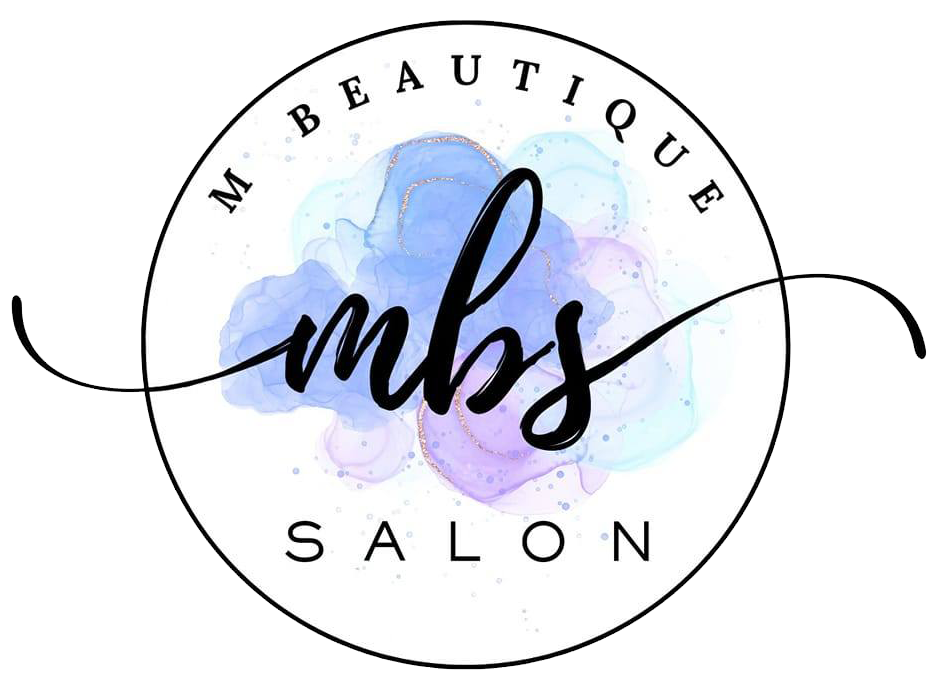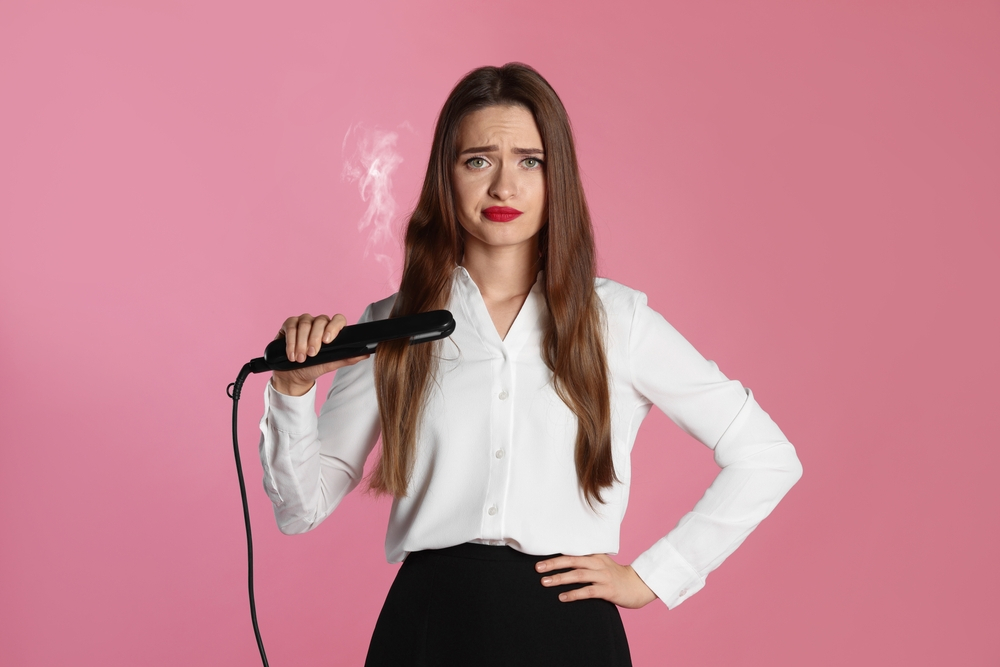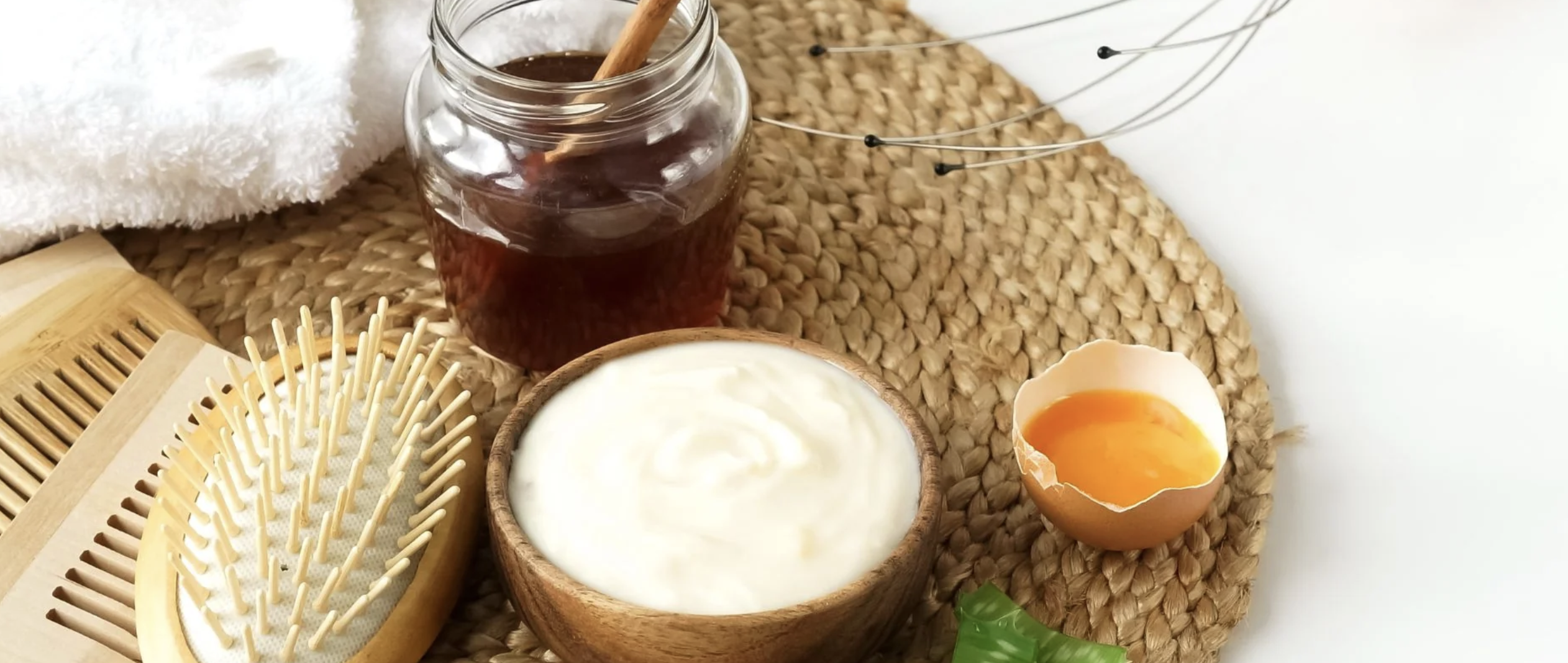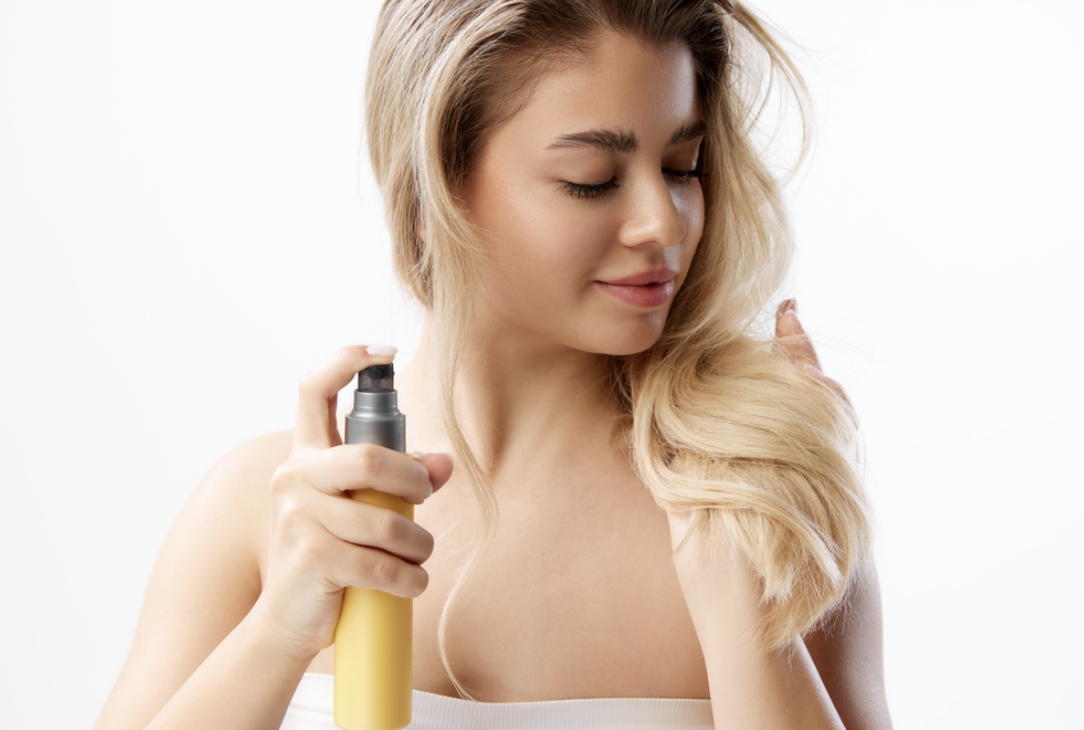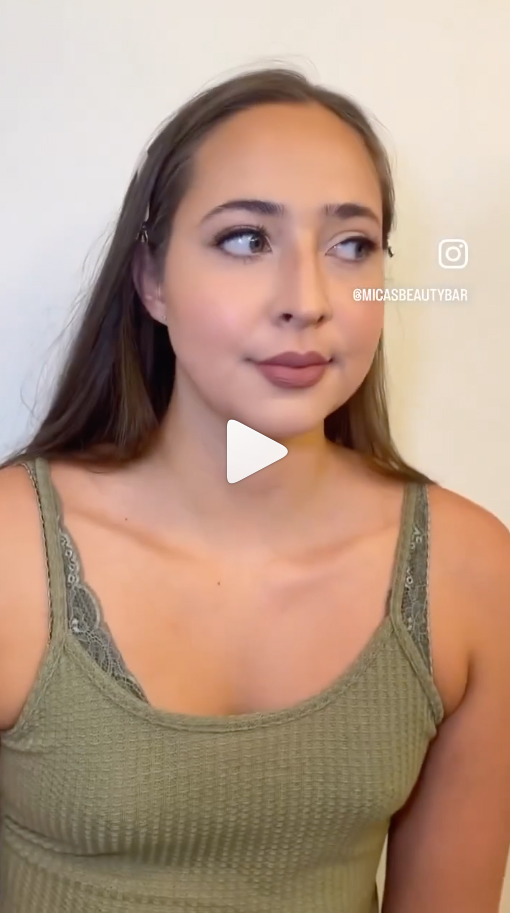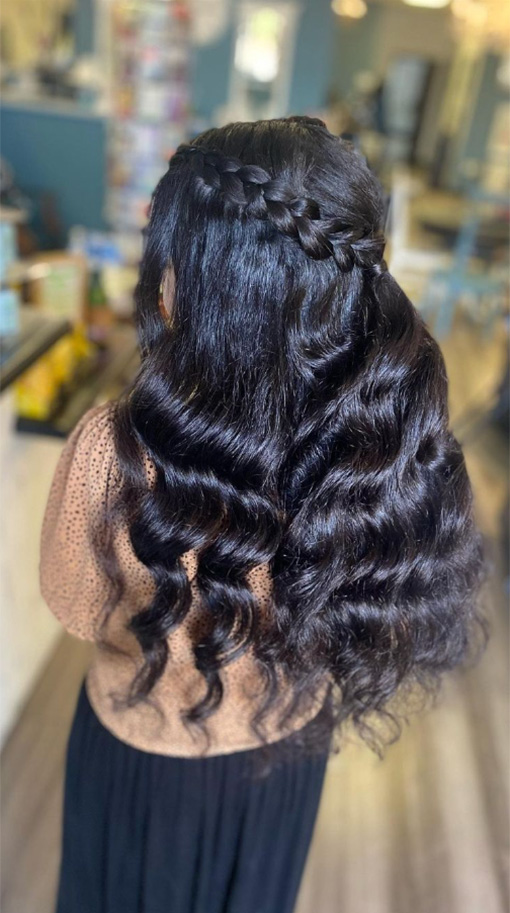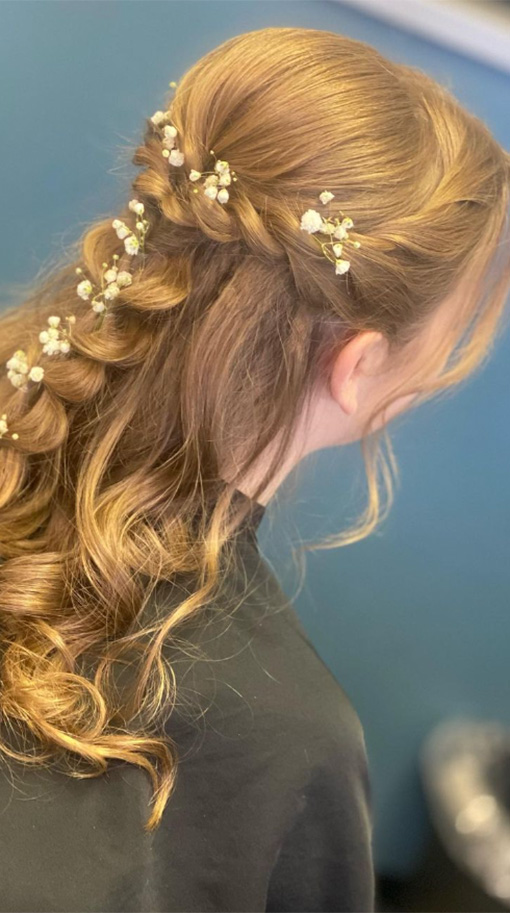Heat styling tools like flat irons and curling wands can transform hairstyles, but they also risk causing heat damage and breakage. For those dealing with the aftermath, experts recommend focusing on deep conditioning treatments and reducing the frequency of heat styling. Products infused with proteins can help restore the hair’s structural integrity.
Repairing damaged hair requires a comprehensive hair care routine. Incorporating regular trims every six to eight weeks can prevent split ends from progressing, keeping the hair looking healthier. Additionally, choosing the right products, such as sulfate-free shampoos and nourishing masks, can provide essential moisture and protection.
To enhance and speed up the repair process, investing in hydrating leave-in conditioners and heat protectants can create a barrier against further damage. Vitamins and supplements specifically formulated for hair health can also play a significant role in ensuring your hair gets the nutrients it needs to recover and thrive. For more detailed steps on healing heat-damaged hair, consult the tips from experts on how to repair damaged hair.
Identifying Heat Damage and Its Causes
Heat-damaged hair can manifest in various ways, from changes in texture to increased breakage. Understanding the signs and causes of this type of damage is essential for effective repair and prevention.
Recognizing Signs of Damage
Heat-damaged hair often presents multiple indicators. Common signs include split ends, frizz, and breakage. Hair may feel dry or brittle, lacking its usual elasticity.
Changes in hair texture are also telltale signs. Heat damage can make previously smooth hair appear rough or straw-like. Additionally, tangles become more frequent as the cuticle, the outer layer of hair, loses its smoothness.
Increased shedding and uneven hair layers due to breakage are other signs. Hair may have difficulty holding its natural curl or maintaining a style, even with the use of styling tools.
Understanding Heat-Related Hair Problems
Several causes contribute to heat-damaged hair. Frequent use of heat styling tools, such as curling irons and blow dryers, is a primary culprit. These tools can reach high temperatures, often above 200°C (392°F), which can strip hair of its natural moisture and damage the cuticle.
Prolonged exposure to heat can lead to protein loss in hair, weakening its structural integrity. Each strand has keratin proteins that maintain strength and resilience; excessive heat can degrade these proteins, resulting in brittleness and breakage.
Heat-related damage also exacerbates chemical damage from coloring or perming. Combining high temperatures with chemical treatments intensifies the harmful effects, making hair more susceptible to dryness and frizz.
Repairing and Restoring Your Hair
Restoring heat-damaged hair involves a combination of deep conditioning treatments for moisture replenishment, protein treatments to strengthen the hair, and regular trims to prevent and manage split ends. Using the right products and techniques ensures your hair remains healthy and vibrant.
Deep Conditioning Treatments
Deep conditioning treatments are vital for repairing heat-damaged hair. These treatments work by penetrating the hair shaft to restore moisture and elasticity. Products like deep conditioners, hair masks, and leave-in conditioners with ingredients like shea butter, coconut oil, and aloe vera are highly effective. Olaplex, a popular choice, helps rebuild broken hair bonds, while K18 re-establishes broken keratin chains within the hair shaft.
Humectants and oils are essential in deep conditioning treatments, as they help retain moisture and add shine. Using treatments weekly can protect the hair from further damage while improving its overall texture and appearance.
Protein Treatments for Strength
Heat-damaged hair often requires protein treatments to repair and strengthen it. Protein treatments fortify the hair structure by filling in the gaps along the hair strand caused by heat damage. Products containing keratin, a key protein, are particularly effective at this. They can be found in various forms such as hair masks and leave-in treatments.
Protein treatments should be used in moderation, as overuse can lead to brittle hair. Some highly recommended products include those by Redken and DIY options like egg masks. Incorporating these treatments once a month can significantly improve hair strength and resilience.
Trimming and Preventing Split Ends
Regular trims are essential to managing and preventing split ends. Since hair is weakest at the ends, small cuts every six to eight weeks help maintain its health and prevent further breakage.
Using a heat protectant before styling and implementing leave-in conditioners can minimize heat damage. Products like argan oil, jojoba oil, and olive oil help nourish the hair and prevent split ends. Hair oils not only provide protection but also enhance shine and manageability. Ensuring that the hair remains well-hydrated and protected will support overall repair and restoration efforts.
Maintaining Healthy Hair Post-Treatment
To keep hair healthy after treating heat damage, focus on safe styling techniques, the right products, and preventive steps to avoid future damage. Adopting an appropriate hair care routine can maintain your hair’s vitality and minimize the need for intensive repair methods.
Developing a Safe Styling Routine
Creating a safe styling routine is key to maintaining healthy hair. Start by limiting the use of heat styling tools such as flat irons and curling irons. When using these tools, always set them to the lowest effective temperature. Heat protection products are essential to shield the hair from damage.
Use a wide-tooth comb to detangle wet hair gently, reducing breakage. Embrace styles that minimize tension, especially for curly and natural hair, to prevent stress on the hair shaft. Air drying whenever possible is less damaging than using a blowdryer. Incorporate regular trims into the routine to remove split ends and prevent further damage.
Choosing the Right Hair Care Products
Selecting the correct hair care products tailored to your hair type is crucial. For hydration and strength, look for shampoos and conditioners free from sulfates and silicones, which can strip natural oils. Products containing protein treatments can help repair and strengthen damaged hair.
Masks with ingredients like avocado and honey provide intensive moisture. Use lightweight oils to maintain the balance between moisture and natural oils. Silk pillowcases can reduce friction and prevent dryness and breakage. Regularly using hair products designed to protect and nourish will go a long way in keeping hair healthy.
Preventive Measures and Best Practices
Incorporating preventive measures can greatly diminish the likelihood of future hair damage. Limiting chemical treatments such as coloring and relaxing can mitigate further weakening of the hair structure. Always use a heat protection spray when styling with heat tools.
Maintain a balanced diet rich in essential nutrients like vitamins, minerals, and omega-3 fatty acids to support hair health from within. Regular protein treatments strengthen the hair shaft, making it more resilient. Being mindful of how often hair is washed ensures natural oils are retained, preventing over-drying. Developing a consistent routine that emphasizes gentle care and protection is paramount for long-term hair health.
Consulting with Hair Care Professionals
Consulting with a hair care professional can make a significant difference in repairing heat-damaged hair. Hair experts possess specialized knowledge and experience to provide tailored advice.
Professional Advice:
- A hair expert can recommend the best treatments for your specific hair type and damage extent.
- Regular consultations help in monitoring progress and adjusting treatments.
Treatments:
Professionals can offer specialized treatments to address broken bonds caused by excessive use of heat tools like flat irons.
- Protein Treatments: Strengthen and rebuild hair structure.
- Deep Conditioning: Restore lost moisture and shine.
- Olaplex: Specifically targets broken bonds and repairs them.
Chemical Services:
Professionals can safely perform chemical treatments like perms and bleach, minimizing further damage.
- They can ensure the correct application of these treatments.
- They provide aftercare tips to maintain hair health post-treatment.
Cutting Damaged Hair:
Sometimes, cutting off severely damaged ends is necessary.
- Professionals can determine the minimal amount of hair to cut while promoting healthier growth.
- Regular trims prevent split ends from worsening.
In cases of extreme damage, a professional may suggest reducing the use of heat tools and implementing protective hairstyles. Following a professional’s guidance ensures a methodical and safe approach to repairing and maintaining healthy hair. Access to treatments like a professional perm, bleach application, and the use of flat irons should be managed responsibly under expert supervision. For further details, consult resources like Forbes’ advice on hair care and Healthline’s heat-damaged hair remedies.
